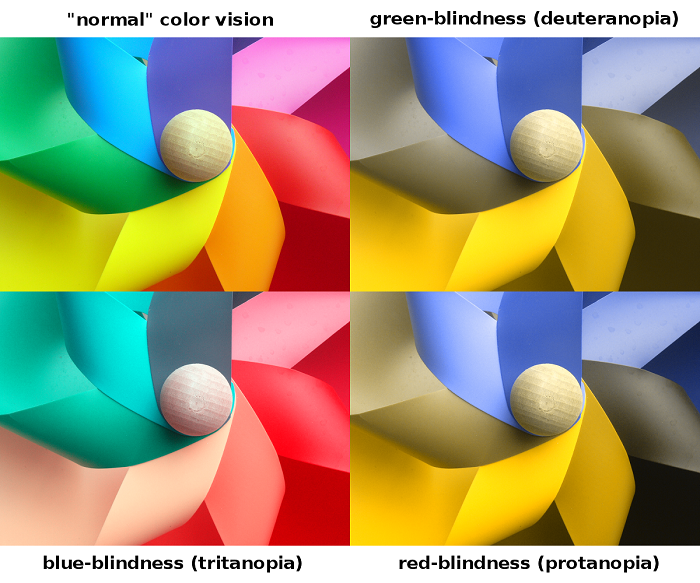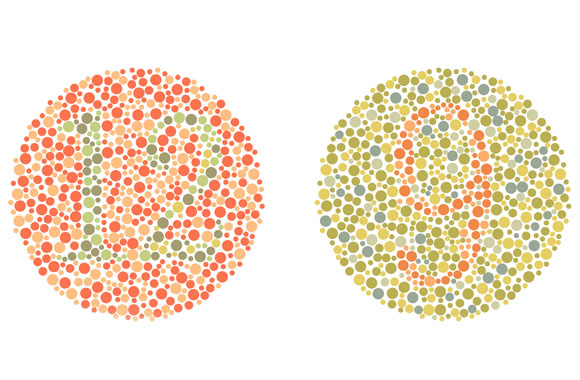Colour Blindness: Symptoms, Causes & How To Adapt
What is Colour Blindness?
There are some people who have difficulty seeing different colours, or get them mixed up. This is called colour blindness. It’s most common with red and green shades, but some people have difficulty with blue and yellow instead. Men are affected by colour blindness more than women; approximately one in 12 men and one in 200 women are affected around the world.
What Does It Mean To Be Colour Blind?
Colour blindness can impact everyday life depending on the severity therein and can be dangerous, for instance, not being able to tell the difference between traffic light colours.
People with minor colour blindness may only find out by accident, such as when a friend compliments their red dress they in fact thought was brown. This shift in perspective can be disorienting and shocking for the person, to find out things are not as they look. In this case, it’s recommended to get an eye test with an eye specialist.
What Causes Colour Blindness?
Colour blindness happens because of a problem with the pigments in the eye. There are cells on the retina (at the back of the eye) that react to light called Cones and Rods. The Cones contain pigments (called photopigments) which react to different wavelengths of light. When all the cones have all the correct pigments, vision is fine, but with even one faulty pigment, a person might not see certain colours properly.
If there are no pigments in the cones at all, this is known as Achromatopsia, which means colour can’t be seen at all, but this is a rare condition. So if the green photopigment doesn’t work properly, the person may be red/green colourblind, meaning they may struggle to differentiate between varying shades of red, brown, green and orange.
Who Is Prone To Colour Blindness?
There are several causes of colour blindness, but the most common is genetic. It is often hereditary, meaning it is passed down by a parent. Other reasons people can be colour blind include:
- Diabetes
- Age-related Macular Degeneration (AMD)
- MS (Multiple Sclerosis)
- Other eye conditions such as cataracts (when the eye lens becomes cloudy) or glaucoma (a group of eye defects that cause damage to the optic nerve)
- Eye injury
- Neurological disorders such as Parkinson’s
- Age-related colour blindness
Hereditary colour blindness affects both eyes, though sometimes it can only be in one eye.
What Are The Tests for Colour Blindness?
There are screening tests to detect colour blindness and more in-depth tests available to help understand the type of colour blindness and severity. The Ishihara Colour Test is commonly used to diagnose colour blindness. It involves the patient looking through a picture booklet of colours mixed together to test if they can distinguish between them. The pictures contain clusters of dots, all of different colours and sizes. There is a number or shape placed within them of a different colour. People who are colour blind will struggle to see the number or shape, or they might not be able to see it at all.
Having difficulty seeing different colors?
Visit your nearest optical store for an eye test today




